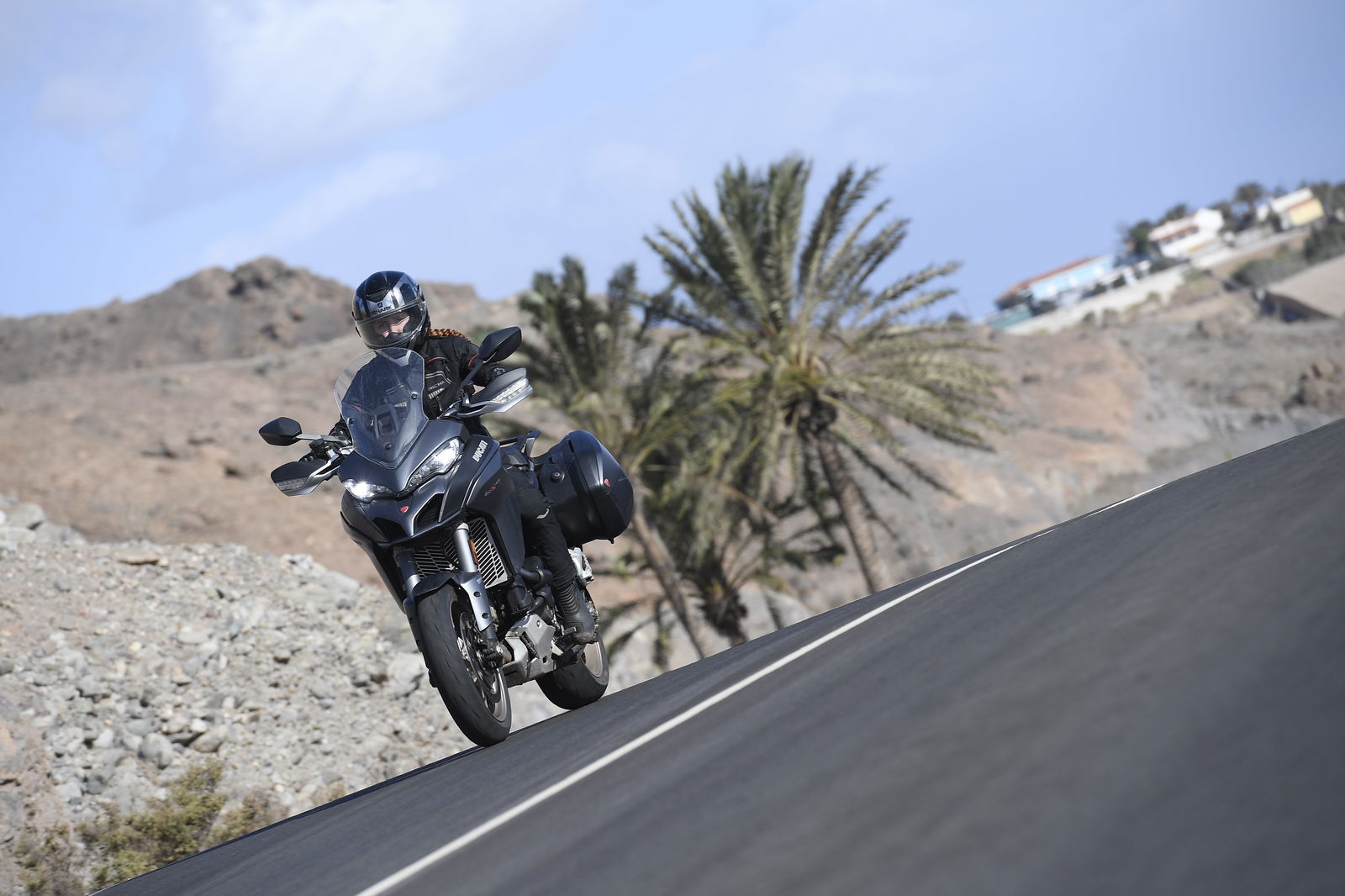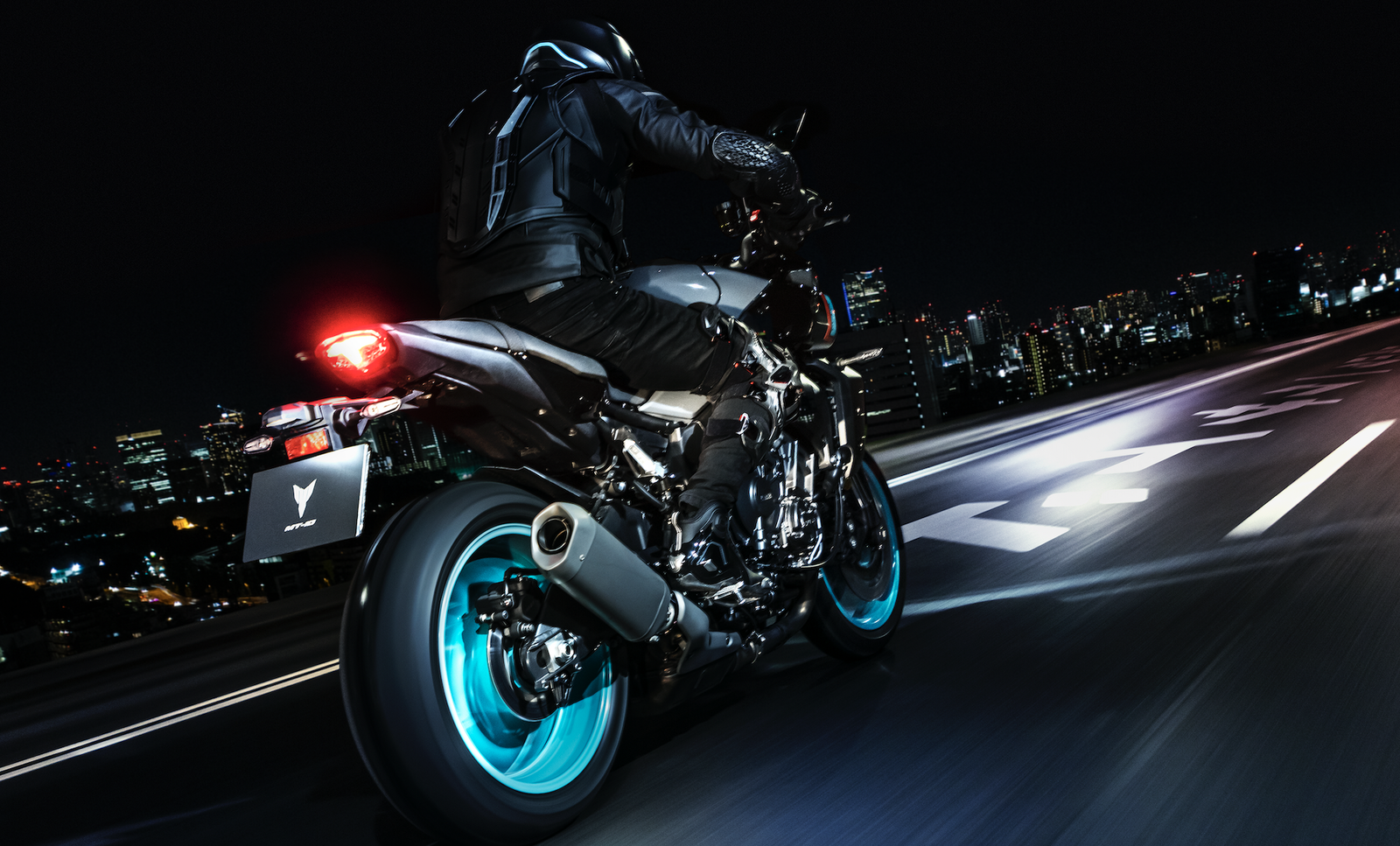Most common motorcycle accidents and how to avoid them
Few motorcycle crashes will be entirely identical but most follow a theme... we'll help you be prepared for worst rather than simply hoping for the best

It doesn't take a genius to understand motorcyclists are - together with cyclists - the road user most likely to get hurt in a sizeable shunt.
The exposed nature of the transport, the weight disadvantage when it is struck by something heavier and the higher speeds they can attain mean that while many of us are fortunate to have low speed folds to our embarrassment, when it goes wrong on a bike, it can REALLY go wrong in a big way.
The types of crashes and scenarios can general be listed though, so to ensure you're in the know, here is what to look out for and how to avoid them...
What is a SMIDSY?
Probably the most worrying and infuriating type of crash is commonly called the SMIDSY - standing for "Sorry Mate I Didn’t See You".
A SMIDSY can happen pretty much anywhere, on any type of road and at any speed, whether it is a driver not looking left, right and left again, distracted by the iPad size machine blinking notifications on the dashboard or - and don't shout at me - you as the biker might be going a touch fast for their vision to judge.
A common SMIDSY happens as you are riding along a major road that has a smaller road joining on the left-hand side. The problem starts as the car driver emerging from the left will be psychologically aware that the road they are joining is probably busier than the one they are leaving. This means a couple of things will be happening in the driver’s brain.
First off, they are going to already have it in their mind that they need to get out as quickly as possible, meaning the chances of them slowing down properly are reduced. Because of that, they are also probably not going to give enough time to properly check for danger.
Secondly, and most car driver do this, they will only look to see if there are cars coming, not an absence of all vehicles including motorcycles. An absence of just cars to a flustered driver means the road is clear and most will pull out.
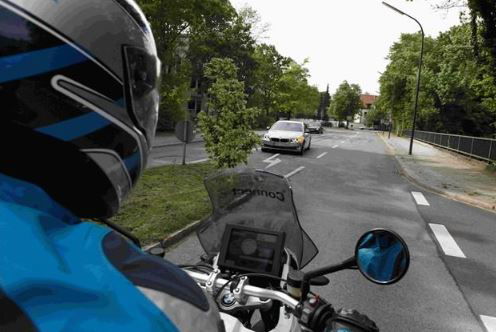
Who do I avoid a SMIDSY at a junction?
As with all advanced riding, the key to avoiding a SMIDSY starts with your observations and keeping an eye on the left-hand side of the road, whether there is a junction there or not, to look out for potential danger. When you spot a car approaching from the left, assume the driver hasn’t seen you, even if they are staring straight at you. Now slow down and have a check to your right to see if anything is outside of you. If it’s clear, and you’re on a dual carriageway, safely move to the outside lane to give the numpty some room.
The number of drivers who have pulled out on while I’ve been maintaining eye contact with them while wearing a clear visor is very worrying. The shock in the face of the driver is the scariest thing to me, it means that person looked to the right, made full eye contact me and still pulled out while I was sounding my horn and taking evasive action! Frightening stuff.
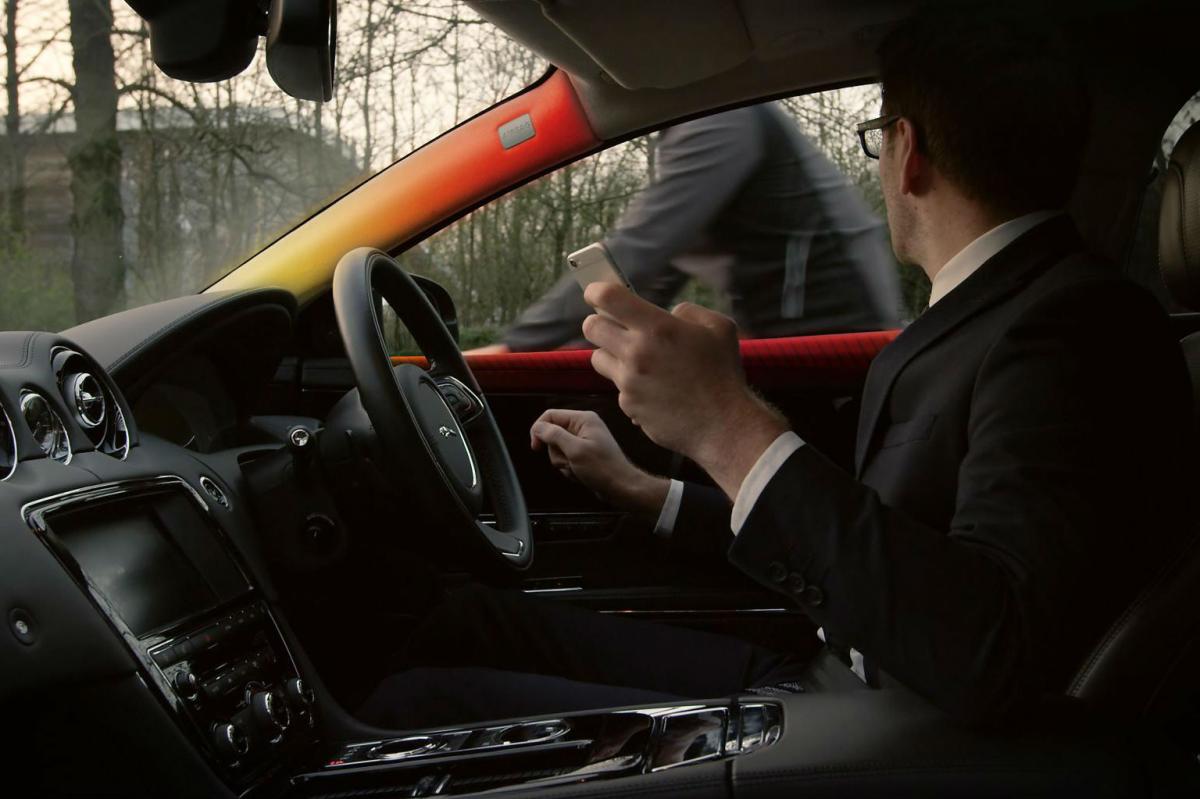
How can I tell if a car is going to pull out on me?
Always ride towards the potential hazard with a general assumption the car IS about to pull in front of you, giving you chance to react if you need to. If that is not possible then keep an eye on the vehicle's body weight is shifting towards the back then the clutch is being released moments before the wheels begin to turn. Keep in mind though, the rise of EV's with linear and instantaneous torque means they are likely to spring forward quicker than the manual models.
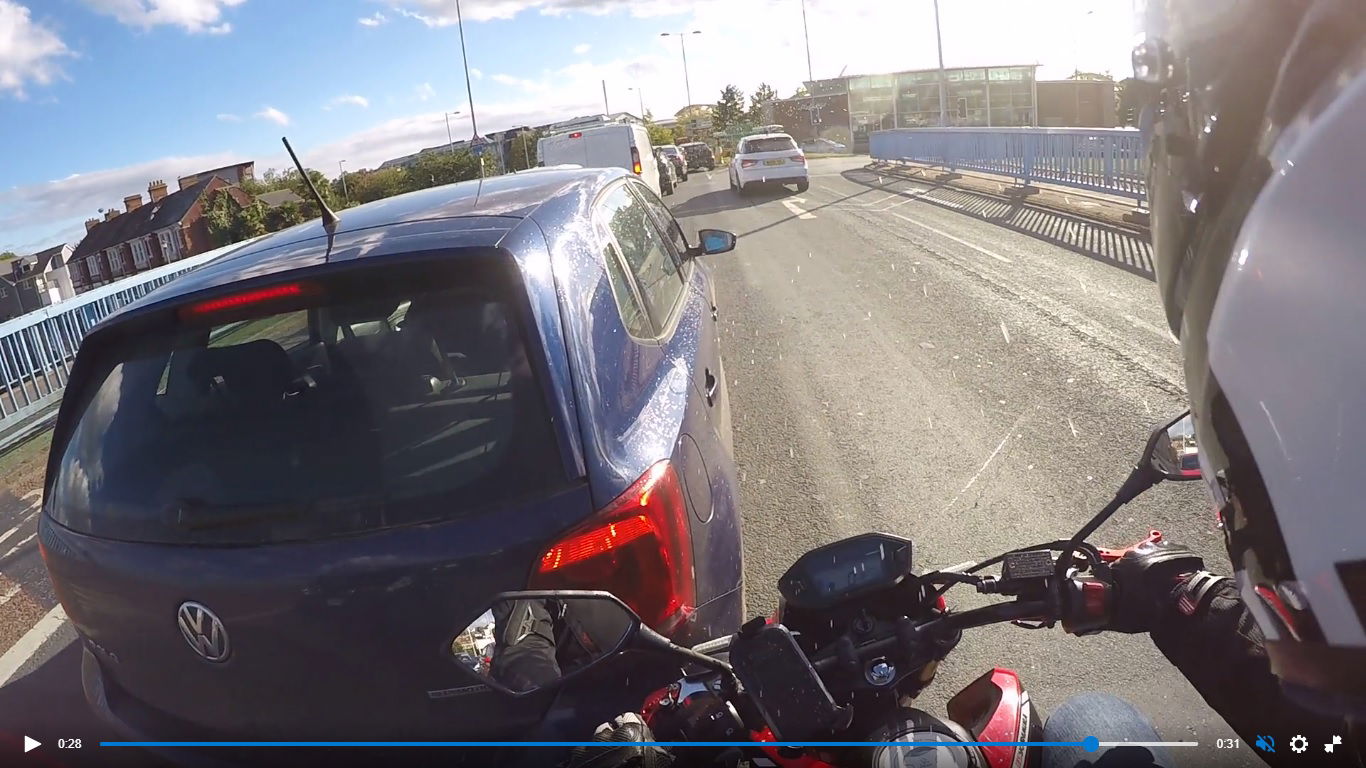
How can I avoid being wiped out by a car changing lanes?
The first thing to be aware of is where the blind spots in a car are. If you aren’t a driver of one of those four-wheeled things go and sit in the driver seat and look in the rear-view mirror and get your friend to stand so you can see them clearly. Then get them to take a few steps to the left and right. Then look round to see where they really are. Do the same with the wing mirrors and you’ll be surprised by how big the blind spot for a cager really is!
Now we’ve found the blind spot, try and avoid it, at all costs though it's easier said than done when the blind spot will vary from car-to-car. If you must sit in someone’s blind spot it’s best not to dwell there for too long. If you have to remain potentially hidden from view, try and kick the bike down a gear or two so the revs rise but the speed remains the same.
Fortunately, most new cars have a blind spot warning system that flashes when it detects a vehicle that might be out of the line of sight.
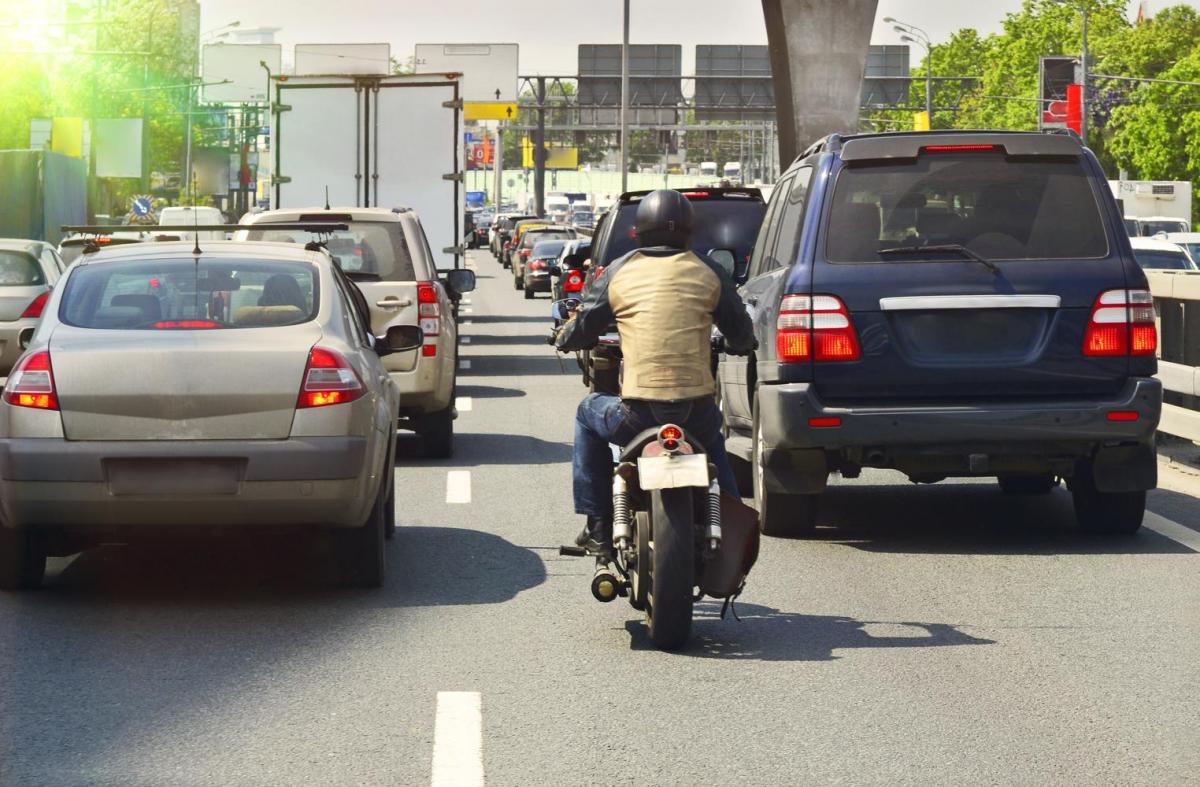
How can I avoid being rear-ended?
If you are the first to arrive at a red light, it can be a lonely and anxious place to be. The feeling of vulnerability as the herd of cars, vans, and lorries pile down behind you never fails to get the pulse racing!
This goes the other way and is particularly relevant for EV cars too, which stop more quickly because of the reverse linear shut down of electricity bringing a car to a more sudden halt than you may expect.
To try and minimize the risk, it’s important to take into account your road and lane position, while being hyper-aware of what’s going on behind you.
Try and position yourself with an escape route nearby, and not in the centre of the middle lane. Doing that will give you only one place to go, out into the live road ahead. Instead, sit to the left or the right if you can, leave your bike in gear, keep a hand on the throttle and an eye on your mirrors. Now if you do see something unfolding behind you, the bike is ready to scoot away to the left or the right of the carnage, hopefully leaving you unscathed.
If you aren’t the first to the red light and there are other vehicles there already, don’t sit slap-bang on the towing hitch of the car at the back. It’s a one-way ticket to becoming the meat in an automotive sandwich. Filter to the front and get some metal and airbags between you and the crash.
If it’s not safe to filter through, position the bike on the white line between the lanes to give yourself a gap to move into should the worst happen.
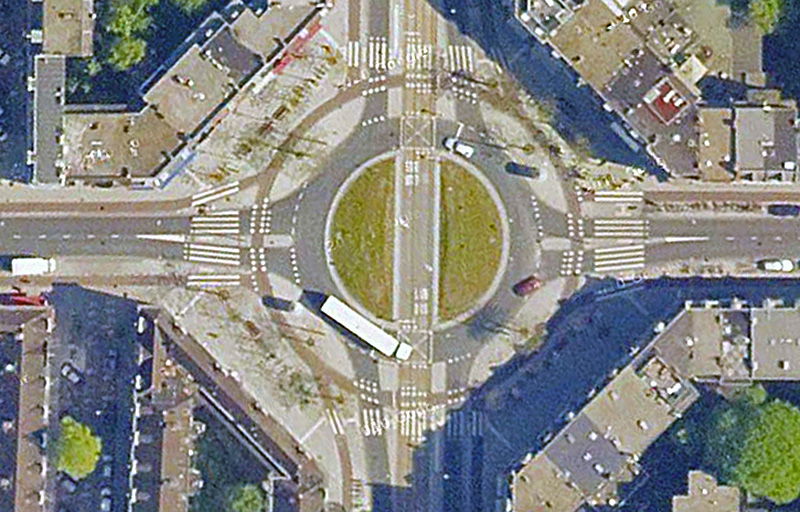
How do I avoid a SMIDSY at a roundabout?
Roundabouts are a bit like when a car joins a major road from the left. There’s a lot going on for the poor car driver’s brain to take in. They need to pick an exit and figure out which lanes they need to swerve in and out of, all while on the phone to their mate.
As the average car driver’s mind is so completely overloaded with very important car driver things, we should do some of their thinking for them. The first thing that will help is to slow down. We know getting your knee down is cool, but maybe not on a packed roundabout at rush hour. Give the car drivers time to spot you. Indicate at the right time and use your lifesavers before entering or exiting a roundabout.
Also keep in mind the time of day it is, particularly when the schools are kicking out. The danger posed by a parent on a school run with a car full of hungry kids is huge. Give the people carrier with the ‘Princess on board’ sign in the back window a wide berth. She’s not a princess and it probably a little shit who craves mummy and daddy’s attention, every second of every day. You will be very low on their list of priorities.
